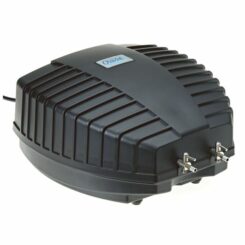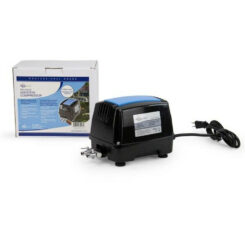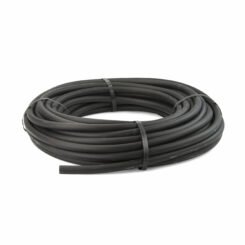Aeration
Why is aeration important? Most lakes, dams and ponds naturally “turnover” and cleanse themselves in autumn and spring. During this temperature driven process, low oxygen bottom waters mix with well-oxygenated surface waters. This circulating action breathes new life into bottom areas of the pond, raising oxygen levels, lowering nutrient levels and providing a refuge for fish and other aquatic life. In many cases, urbanisation, agricultural development and other demands on the watershed cause increases in dissolved nutrients and oxygen demand and nature’s two turnovers per year simply isn’t enough to cope. The aquatic system is left with insufficient dissolved oxygen to support a healthy environment all year round. At some point, something must give. Fish kills, muck/sludge accumulation, odour, algae growth and declining fisheries occur. Proper aeration design for a pond, dam or lake effectively mimics Mother Nature’s twice yearly turnovers but increases the turnover rate to as much as several times a day. Aeration increases dissolved oxygen levels and can prevent water from stratifying; creating stable temperatures from top to bottom throughout the entire year. This “artificial circulation” increases habitat for fish and other aquatic wildlife by expanding the healthy areas in which they can live. Aeration also allows fast, “sludge digesting” aerobic bacteria to replace noxious gas-producing, anaerobic bacteria. Gasses which create odor and taste problems are released into the atmosphere. Aeration helps control and manage nutrient levels, offsets biological oxygen demand (BOD), and prevents water from freezing during cold weather. Without enough oxygen your pond can’t sustain its natural self-cleaning capabilities and struggles to remain healthy. Supplying a pond with oxygen via aeration improves its ability to process pollutants and creates a healthier aquatic environment.




